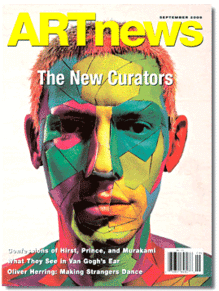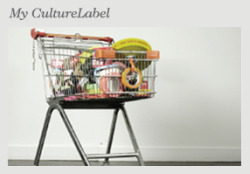 Back in August, while I was on vacation, Laurie Fendrich, a painter and fine arts professor who blogs for the Chronicle of Higher Education’s Brainstorm site, raised an interesting point about art magazines. Comparing the table of contents from ARTnews of 1957 with those of today, she wrote:
Back in August, while I was on vacation, Laurie Fendrich, a painter and fine arts professor who blogs for the Chronicle of Higher Education’s Brainstorm site, raised an interesting point about art magazines. Comparing the table of contents from ARTnews of 1957 with those of today, she wrote:
I’m not one to dwell on the idea that civilization is in decline. It probably is, but I try my best to follow Schiller’s advice that you must embrace your own times, yet not let them consume you. Reading the ideas of previous eras is important for thinking men and women; wallowing in nostalgia for the past is destructive to life lived now.
Sometimes, however, you stumble across something that makes you realize, with a jolt, just how far we’ve fallen from what things were like fifty years ago.
Continuing, she said:
Here, verbatim, is the list of the articles and authors in that summer 1957 issue:
The Creative Act, Marcel Duchamp
The place of painting in contemporary culture, Stuart Davis
The age of the chimpanzee, Randall Jarrell
The liberating quality of avante-garde art, Meyer Shapiro
Fifty-five years of U.S. Museums, Alfred Frankfurter
My friend Picasso, Gaston Palewski
Pure paints a picture, Elaine de Kooning
New York painting only yesterday, Clement Greenberg
And later says:
If it were to go head-to-head with any table of contents, from any issue of any art magazine published during the past decade, there’d be no question as to the winner.
Well, she is entitled to her point and her preference, but I think I disagree — and not just because if artists filled the art magazines and wrote so much about art, what would I do?
[Read more…] about Art Magazines, 1950s Vs. Art Magazines, Today: Which Do You Prefer?



